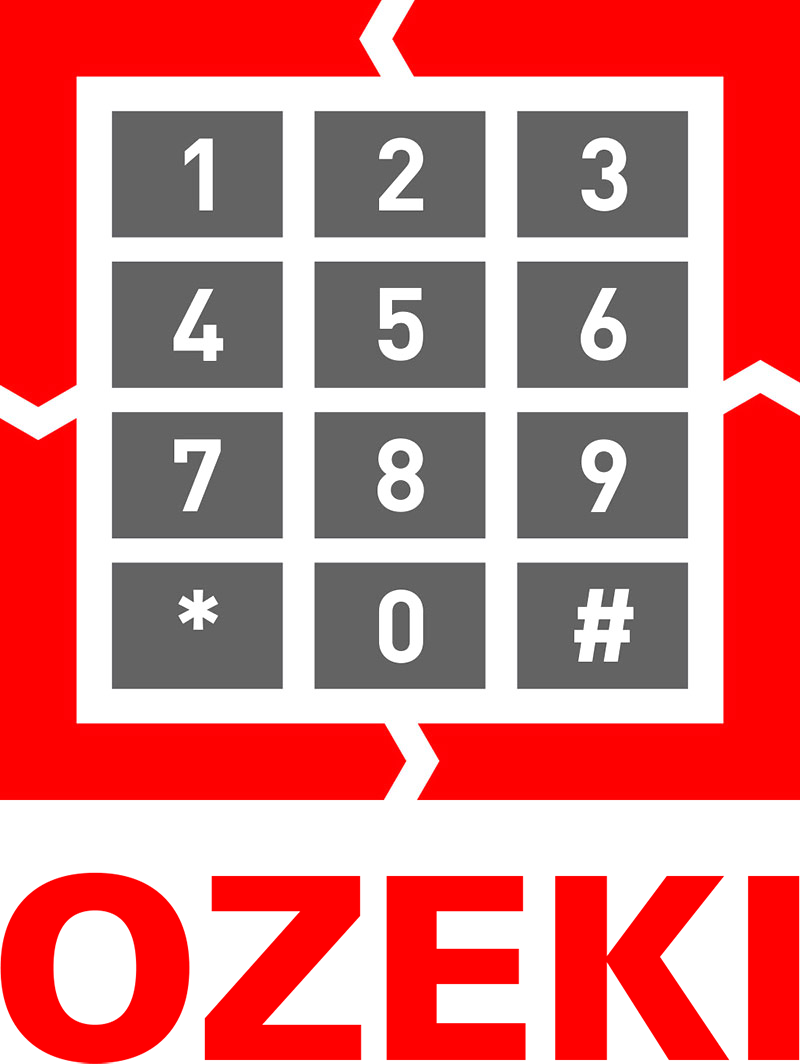The SMS network / The GSM SMS protocol explained
If you operate SMS services, it is a good pratice to educate your staff about the SMS network and the SMS porotocol used to transfer messages inside the mobile network. This guide helps you in this aspect. It gives a comprehensive overview of the SMS infrastructure and the SMS protocol used inside mobile networks.
Table of contents
- Important terms and definitions (MS,SME,SMSC,MMI,PDU,SM-AL,SM-TL,...)
- SMS network entities
- SMS protocol data unit (PDU) format
- SMS text encoding
- PDU examples
- Sending PDUs using modems
- The default SMS alphabet
- Glossary
Keep on reading. The rest of this document is available free of charge
for registered users. Registration is free.
Please use the following form to create an account, or if you already have one,
please login!
(This content was written for humans, not for robots or AI web crawlers. We had to introduced this protection to limit content theft by AI services)
(This content was written for humans, not for robots or AI web crawlers. We had to introduced this protection to limit content theft by AI services)


Account
New user?
Read our terms and conditions
Ozeki Account
Account Login
optionally sign in with:
More information
- SMS Protocol explained
- Introduction to SMS PDU Mode
